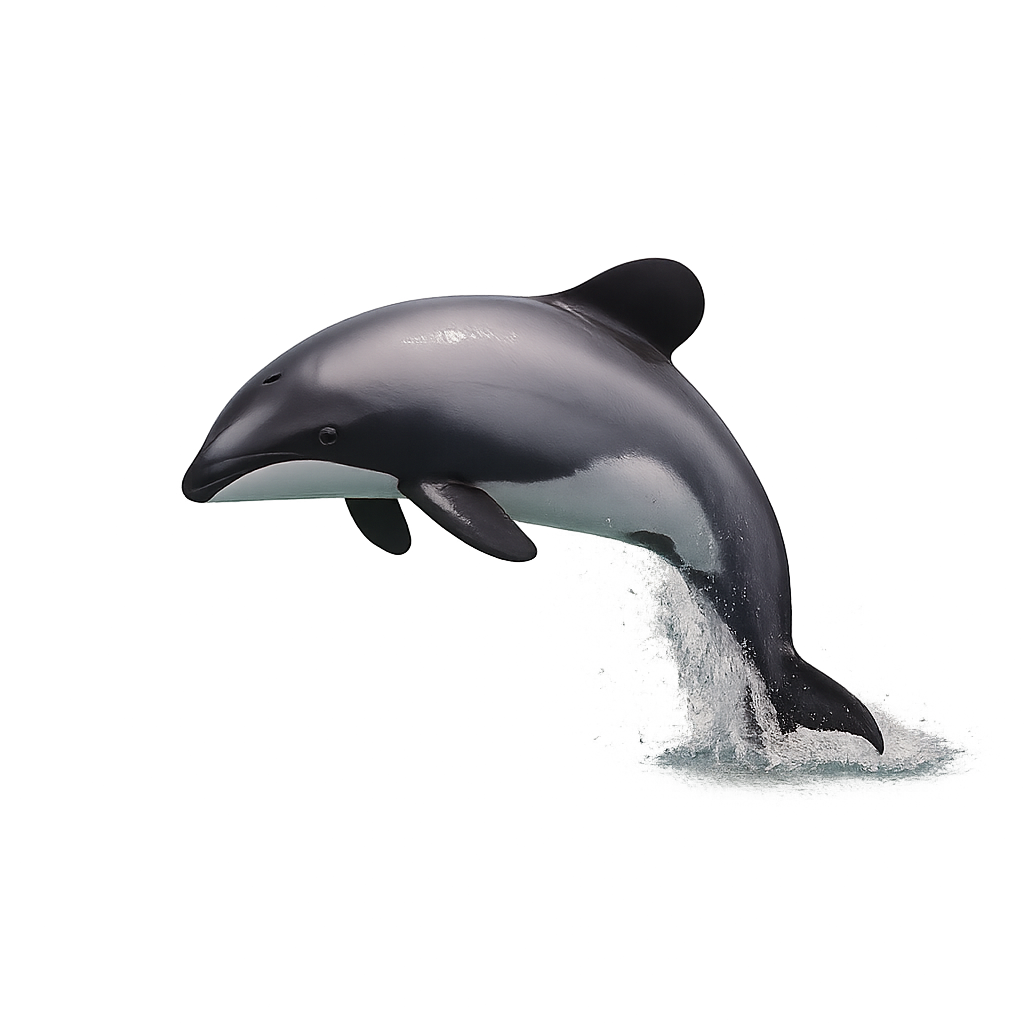Your wildlife photography guide.
Explore the hector's dolphin in detail, study its behavior, prepare your shots.
Where to observe and photograph the hector's dolphin in the wild
Learn where and when to spot the hector's dolphin in the wild, how to identify the species based on distinctive features, and what natural environments it inhabits. The WildlifePhotographer app offers tailored photography tips that reflect the hector's dolphin’s behavior, helping you capture better wildlife images. Explore the full species profile for key information including description, habitat, active periods, and approach techniques.
Hector's dolphin
Scientific name: Cephalorhynchus hectori

IUCN Status: Endangered
Family: DELFINIDAE
Group: Mammals
Sensitivity to human approach: Suspicious
Minimum approach distance: 5 m
Rut period: November to December
Gestation: 360-365 jours
Births: November to December
Habitat:
Shallow coastal waters of New Zealand
Activity period :
Primarily active during the day, with peak activity in the morning and late afternoon.
Identification and description:
Hector's dolphin is one of the smallest dolphin species in the world, with an average size of 1.2 to 1.5 meters. It primarily inhabits shallow coastal waters of New Zealand, where it feeds on fish and squid. This dolphin is recognizable by its small, compact body, rounded fins, and distinctive face. Threatened by pollution, bycatch, and habitat loss, it is classified as endangered.
Recommended lens:
200 mm – adjust based on distance, desired framing (portrait or habitat), and approach conditions.
Photography tips:
Photograph Hector's dolphin using a telephoto lens to capture its small body and marine behaviors in its natural habitat. It is best to photograph early in the morning or late in the afternoon when the light is softer and the dolphins are more active. Maintain a respectful distance, as this animal is highly sensitive to human disturbances.
The WildlifePhotographer App is coming soon!
Be the first to explore the best nature spots, track rutting seasons, log your observations, and observe more wildlife.
Already 1 429 wildlife lovers subscribed worldwide

